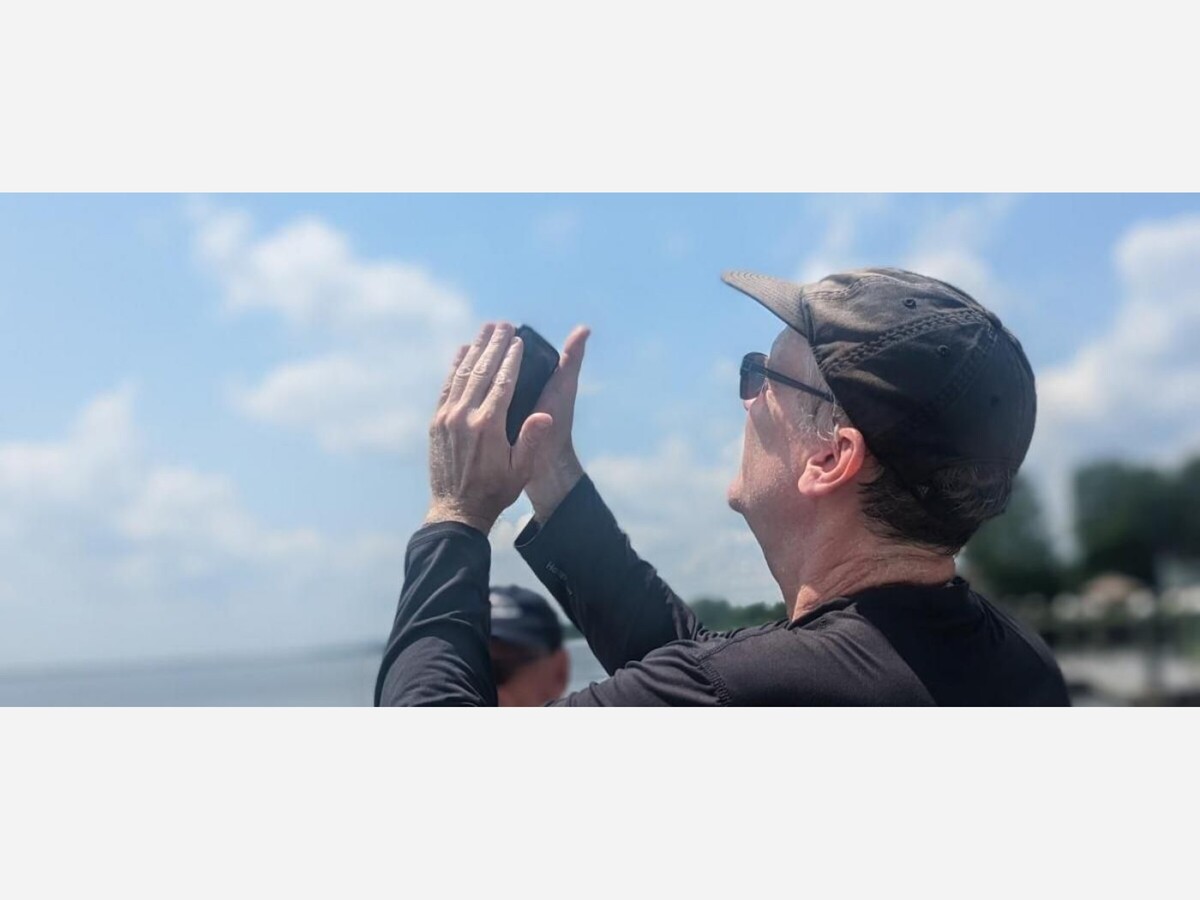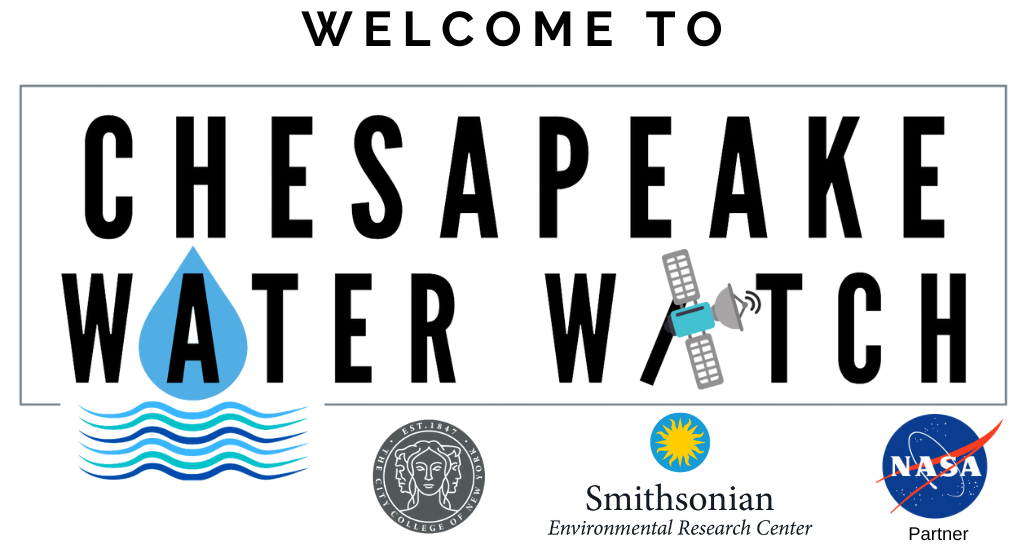Image

Chesapeake Water Watch - Volunteers training NASA satellites to monitor water quality

Near the Chesapeake Bay? Join Chesapeake Water Watch and help scientists monitor its health! (Credit: Shelby Brown)
Chesapeake Bay locals are helping take care of the Bay using their smartphones! Climate disruption and other human disturbances are affecting our coastal waters. The Chesapeake Water Watch project asks volunteers in Maryland, Virginia, and other nearby states to monitor these effects using HydroColor, a free smartphone app, and by taking water samples.
The HydroColor app derives water clarity estimates from pictures of a gray card, the sky, and the water. Combining these readings with actual water samples paints a detailed picture of water conditions in the Bay. The Chesapeake Water Watch science team cross-references this detailed picture with satellite data—and uses it to train satellites to read Chesapeake Bay conditions themselves.
The Chesapeake Water Watch will not only help us monitor the health of the Chesapeake Bay but also lead to better tools for monitoring coastal waters around the world! Find out how to get involved with this new project at serc.si.edu.
NASA’s Citizen Science Program:
Learn about NASA citizen science projects
Follow on Twitter
Follow on Facebook

Chesapeake Water Watch volunteer learning how to use the free smartphone app - HydroColor! Credit: Beth Wasden

Chesapeake Water Watch volunteer, Sharon Hensley, using the HydroColor app and taking a photo of the gray card to calibrate the app. Credit: Shelby Brown.

Chesapeake Water Watch program coordinator, Shelby Brown, teaches a new volunteer how to use the HydroColor app to collect data. Credit: Beth Wasden.

Summer '22 intern Elizabeth Ramos teaches Sharon Hensley how to upload data to our open-access database - Fieldscope. Credit: Shelby Brown.

The Chesapeake Water Watch is a joint project between the Smithsonian Environmental Research Center (SERC) and the City College of New York (CCNY). Our researchers are developing new ways to use remote sensing to fill in water monitoring gaps. We're testing these tools in our backyard - the Chesapeake Bay, aka our nation's largest estuary. We are partnering with Riverkeepers and individuals like you to collect data with simple-to-use scientific equipment and smartphone applications. These measurements collected by people on the ground will be used by researchers to help "train" the satellites to accurately monitor the Bay.
The project results will not only help us monitor the health of the Chesapeake Bay, but will lead to better tools by which to monitor coastal waters around the world!
If you want to receive project announcements, results, and training opportunities, sign up for our mailing list or visit our Get Involved page to find out more ways to participate in the project!
Chesapeake Water Watch is made possible by the NASA Citizen Science for Earth Systems Program (CSESP). Find out more about citizen science and volunteering at NASA.